In today’s rapidly evolving tech landscape, the demand for high-quality electronic components is ever-increasing. These tiny building blocks play a crucial role in powering our modern world, driving innovations in industries like consumer electronics, automotive, aerospace, healthcare, and more.
As businesses and engineers strive to bring their cutting-edge ideas to life, they require a reliable partner to source the best electronic components promptly and efficiently. In this blog, we will explore the significance of a leading electronic components distributor, its role in the supply chain, and the benefits they offer to manufacturers and designers.
Contents
- What is a Leading Electronic Components Distributor?
- The Crucial Role in the Supply Chain:
- Key Attributes of a Leading Electronic Components Distributor:
- Advantages of Partnering with a Leading Electronic Components Distributor:
- Selecting the Right Leading Electronic Components Distributor:
- The Future of Leading Electronic Components Distributors:
- Conclusion:
What is a Leading Electronic Components Distributor?
A leading electronic components distributor is a company that acts as a middleman between electronic component manufacturers and end-users, such as original equipment manufacturers (OEMs), contract manufacturers (CMs), and individual designers.
These distributors maintain extensive inventories of electronic components from various suppliers, offering an array of products, including integrated circuits, resistors, capacitors, connectors, sensors, and more. Their role is to streamline the procurement process, making it easy for businesses and engineers to access the parts they need when they need them.
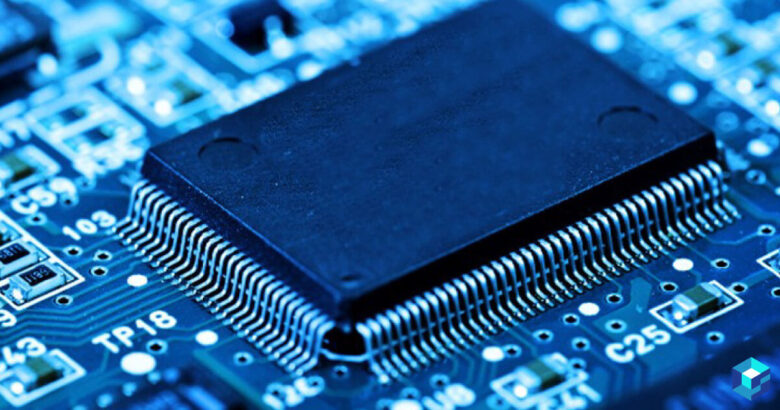
Source: gadgetronicx.com
The Crucial Role in the Supply Chain:
A leading electronic components distributor plays a pivotal role in the global supply chain of electronic products. They act as a bridge between manufacturers and end-users, optimizing the process of sourcing components. This intermediary role brings several benefits to the supply chain:
-
Efficient Inventory Management:
Distributors maintain vast warehouses stocked with diverse electronic components, reducing lead times and preventing production delays for manufacturers and designers.
-
Mitigating Supply Chain Risks:
Distributors provide a buffer against supply chain disruptions, ensuring a continuous flow of components even during shortages or unforeseen events.
-
Expanding Market Reach:
Manufacturers can reach a broader audience through distributors, tapping into new regions and markets they may not have direct access to otherwise.
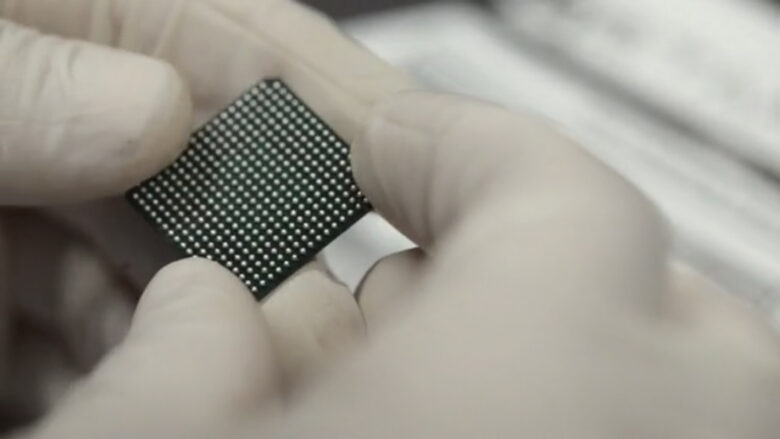
Source: catalog.locatory.com
Key Attributes of a Leading Electronic Components Distributor:
When seeking a reliable electronic components distributor, it’s essential to consider certain attributes that set them apart from the rest:
-
Wide Product Selection:
A leading distributor should offer a vast range of products from various manufacturers, ensuring customers have access to the latest and most diverse components.
-
Quality Assurance:
They should have stringent quality control processes to guarantee the authenticity and reliability of the components they supply.
-
Exceptional Customer Service:
The distributor should provide personalized assistance, responsive support, and technical expertise to help customers find the right components for their specific needs.
-
Efficient Logistics:
Timely delivery is critical in the fast-paced electronics industry. A leading distributor should have a well-optimized logistics network to ensure swift and reliable shipments.
-
Value-Added Services:
Beyond just providing components, some distributors offer additional services such as kitting, programming, and custom packaging, streamlining the manufacturing process further.

Source: broadlinecomponents.com
Advantages of Partnering with a Leading Electronic Components Distributor:
Choosing the right distributor can significantly impact a company’s productivity, innovation, and overall success.
Some of the advantages of collaborating with a leading distributor include:
-
Faster Time-to-Market:
Access to a vast inventory of components reduces time spent on sourcing, enabling manufacturers to bring their products to market faster.
-
Cost Efficiency:
Bulk purchasing and efficient logistics result in cost savings, helping businesses stay competitive.
-
Expert Guidance:
Distributors with technical expertise can assist in component selection, and substitution, and even offer design support, contributing to better product outcomes.
-
Risk Mitigation:
The buffer provided by a distributor shields manufacturers from supply chain disruptions and market fluctuations, reducing business risks.
-
Flexibility and Scalability:
Distributors accommodate varying order volumes, allowing businesses to scale production up or down as needed without logistical challenges.
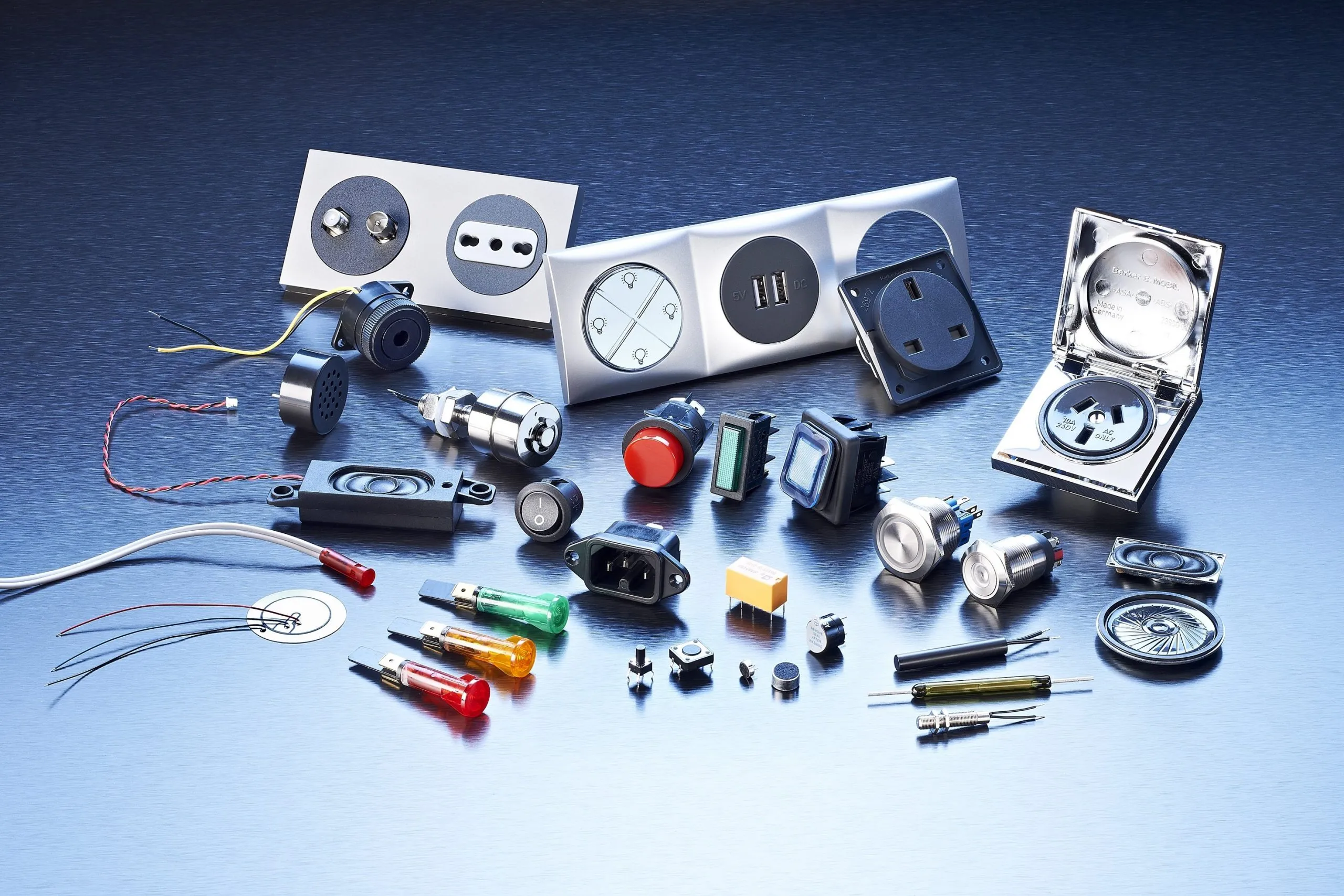
Source: abcomponents.co.uk
Selecting the Right Leading Electronic Components Distributor:
With the abundance of electronic components distributors in the market, it can be challenging to identify the right partner for your specific needs.
Consider the following factors when evaluating potential distributors:
-
Reputation and Experience:
Look for a distributor with a proven track record of reliability, excellent customer service, and a substantial presence in the industry. Experience counts when it comes to navigating the complexities of the electronics supply chain.
-
Product Range and Availability:
Ensure the distributor offers a comprehensive selection of components from reputable manufacturers. Check if they have the parts you frequently use or need for your projects readily available in their inventory.
-
Quality Assurance:
Quality is paramount in electronic components. Verify that the distributor has strict quality control measures in place to ensure the components they supply are genuine and meet industry standards.
-
Technical Support:
Assess the distributor’s technical expertise and their ability to provide guidance and support for component selection, design challenges, and any other technical queries you may have.
-
Logistics and Delivery Time:
Efficient logistics and on-time deliveries are critical in meeting production deadlines. Choose a distributor with a well-established logistics network and a reputation for timely shipments.
-
Value-Added Services:
Consider whether the distributor offers any value-added services such as kitting, tape and reel, programming, or custom packaging. These services can streamline your manufacturing process and save time and effort.
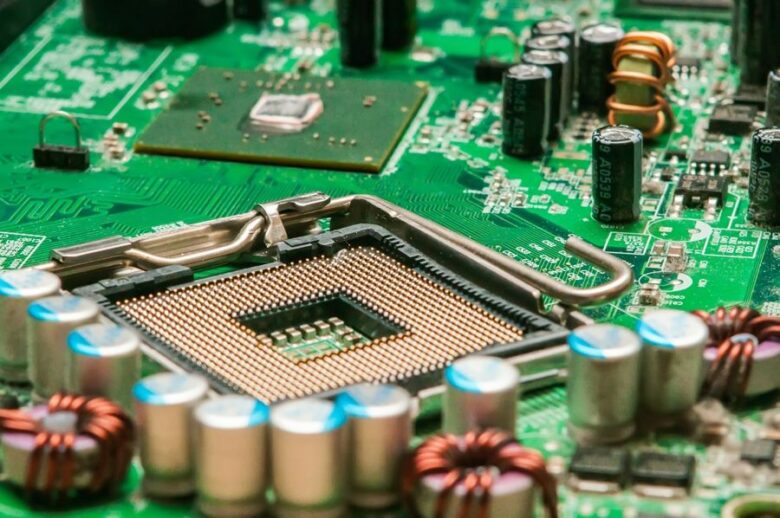
Source: techwalls.com
The Future of Leading Electronic Components Distributors:
As the electronics industry continues to advance, the role of leading electronic component distributors will evolve as well. Some of the trends that will shape their future include:
-
Digital Transformation:
Distributors are embracing digital technologies to enhance their online presence, improve customer interactions, and offer easy-to-use e-commerce platforms for a seamless ordering experience.
-
Supply Chain Transparency:
With increasing awareness of supply chain sustainability and ethical sourcing, leading distributors will prioritize transparency in their operations, ensuring customers have access to information about the origin and authenticity of components.
-
Partnerships and Consolidations:
To provide a comprehensive range of products and services, leading distributors may form strategic partnerships or engage in mergers and acquisitions to strengthen their market position.
-
Emphasis on Environmental Responsibility:
Distributors will likely focus on environmentally friendly practices, including waste reduction, recycling programs, and promoting energy-efficient components.
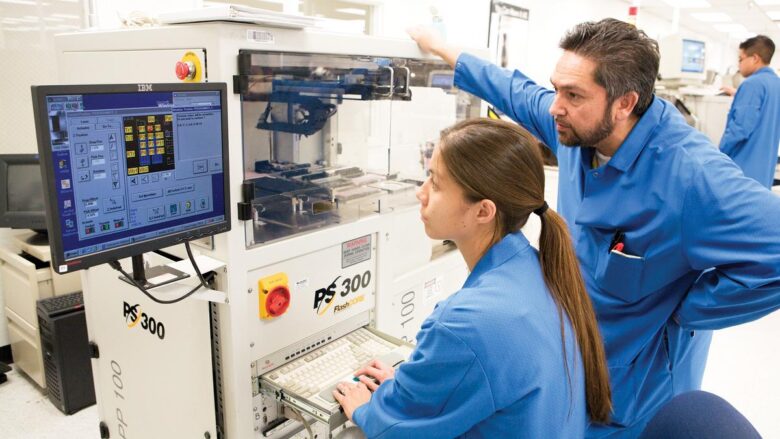
Source: bizjournals.com
Conclusion:
In the fast-paced world of electronics, a leading electronic components distributor plays a critical role in driving innovation and success for manufacturers and designers alike. By offering a wide range of high-quality components, exceptional customer service, and efficient logistics, they contribute to faster time-to-market, cost savings, risk mitigation, and scalability. Selecting the right distributor is a crucial decision that can significantly impact your company’s productivity and competitiveness.
As technology continues to evolve, leading distributors will adapt and embrace digital transformation, prioritize supply chain transparency, and expand their offerings to cater to emerging technologies. Their commitment to environmental responsibility will also be a key aspect as sustainability becomes an integral part of the electronics industry.
In conclusion, partnering with a leading electronic components distributor can be a strategic move that empowers businesses to stay at the forefront of innovation and thrive in the ever-evolving world of electronics. With their expertise, vast inventories, and value-added services, these distributors empower manufacturers and designers to turn their visions into reality, one electronic component at a time.
